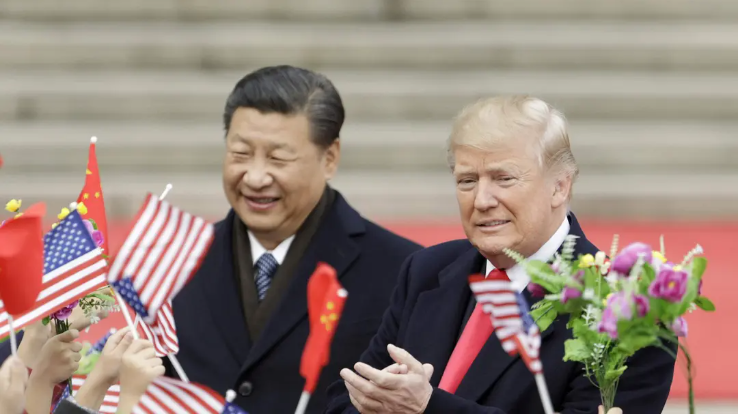Australia to Buy $4.7B of US Missiles to Boost Deterrence
On Tuesday, Australia announced a $4.7B deal to arm its warships with US medium and long-range missiles as part of its new defense strategy unveiled earlier this year. The SM-2 IIIC and SM-6 missiles will be placed on the Royal Australian Navy's three Hobart-class destroyers....
0:00
/1861
Facts
- On Tuesday, Australia announced a $4.7B deal to arm its warships with US medium and long-range missiles as part of its new defense strategy unveiled earlier this year. The SM-2 IIIC and SM-6 missiles will be placed on the Royal Australian Navy's three Hobart-class destroyers.[1][2]
- Australia's purchase of the 'most advanced air defence missiles in the world' follows the country becoming the first outside the US to fire an SM-6 in August. Australian Defense Minister Pat Conroy said they would defend Australia 'in the missile age.'[3][4]
- The SM-6 and SM-2 Block IIIC will boost the Australian Navy's long-range strike capabilities amid the 'most complex geo-strategic environment since the Second World War.' Conroy had also announced in August plans to manufacture long-range missiles in Newcastle, north of Sydney.[5][6]
- In recent years, Australia has recalibrated its military strategy toward an area-denial capability amid intensifying US-China rivalry in the Indo-Pacific. Earlier this year, it released a Defense Strategic Review proposing to overhaul its capabilities toward this goal.[7][6][8]
- The review proposed six priority areas, including acquiring nuclear submarines, long-range strike capabilities, and strengthening northern military bases, amid China's military rise in the Indo-Pacific.[7]
- Australia is considering expanding defense spending beyond its current level of approximately 2% of gross domestic product (GDP) and deploying nuclear submarines in a deal with the US and UK known as Aukus.[9][1][10]
Sources: [1]The Straits Times, [2]Japantimes, [3]Abc, [4]The Defense Post, [5]Reuters, [6]Mint, [7]Al Jazeera, [8]Economist, [9]Guardian and [10]Iiss.
Narratives
- Establishment-critical narrative, as provided by Guardian and RT. Australia is unnecessarily hyping up the 'China threat' narrative. China is committed to maintaining peace and stability in the Asia-Pacific and does not pose a challenge to any country. Australia's increased military spending and focus on long-range strike capabilities may contribute to regional tensions and an arms race, potentially undermining peace and security in the Indo-Pacific.
- Pro-establishment narrative, as provided by Breaking Defense and Lowy Institute. Australia has made a bold strategic move by investing in advanced US-made SM-2 IIIC and SM-6 missiles. This move significantly boosts its naval defense and cements Australia's alliance with the US. It underscores growing concerns about regional security, even though some argue that the China threat is overstated. However, Australia must not solely rely on the US for defense amid a shifting geopolitical landscape.







